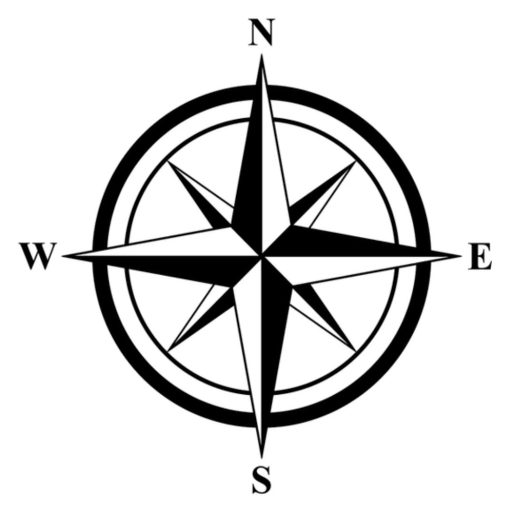Campbell-Isaac Genealogy Project The concept of a Campbell-Isaac Genealogy Project originated in the minds of a few descendants of a small group of Scottish immigrants from the Aberdeenshire area of Scotland who arrived in Ontario in the mid-1840’s, eventually settling in the area south of Rice Lake near Harwood in Hamilton and Haldimand Townships in Northumberland County. Later some of these immigrants moved on to settle elsewhere in North America, including Chandos Township in Peterborough County and as far afield as British Columbia and Alberta in Canada and New York state in the USA. The core family within this immigrant group were the children of Sylvester Campbell and Helen Mason, their spouses, relatives and acquaintances who decided to emigrate to Canada to join Aberdeenshire Scotsmen already settled in Ontario, Canada. The principals behind this project have left no detailed notes which would clearly reveal their grand plan, so one must read this description knowing that it is largely complete conjecture on my part. The earliest document that I have seen directly linked to the project was dated in 1964; however the concept of a Campbell-Isaac genealogy may have been developing for years. The latest document providing genealogical material for the project was dated in 1969. Maud Isaac, who lived in Cobourg at the time of this project, was clearly a driving force behind the concept. She was assisted by Sylvester (Sylvie) Campbell who lived near Cobourg and who, it appears, may have co-ordinated the planning and logistics of the actual Campbell-Isaac reunions. In Scotland, Mrs. M.A. Innes, known to her family and friends as “Dolly” Campbell, provided “on the spot” genealogical research for the project. “Dolly” even went so far as to approach the “Scots Ancestry Research Society” in Edinburgh and engage the considerable research talents of their Secretary, Patricia Baxendine, to extend the Campbell and Isaac family tree into the past by three or four additional generations. Other than Patricia Baxendine, there were no other trained genealogical researchers involved in the project, to the best of my knowledge. However, many of the principals in the project were professionally trained in other fields which required an organized approach to problem solving, logical thinking and considerable interpersonal skills. The framework for the project was to develop the “descendant branches” of the family tree of Sylvester Campbell (1784-1844) and Helen Mason (1789-1877) and to highlight the interrelatedness of the Campbell and Isaac families in these succeeding generations. There were six Campbell children which formed the initial basis of the project. Sylvester Campbell (1817) who married Isabella Milne (1821); William Campbell (1819) who, according to the project, was married twice, to two Sidey sisters; Isabel Campbell (1820) who married George Isaac (1808); Helen Campbell (1824) who married William Isaac (1813); Adam Corbet Campbell (1826) who married Isabella Isaac (1823); and George Campbell (1831) who married Sarah Grubb (1832). [There is no submission in the entire report that challenges the concept that William Campbell (1819-1897) is not one of the children of Sylvester Campbell and Helen Mason. It is quite simply universally assumed that William Campbell (1819-1897) belongs with this family group.] Of these children of Sylvester Campbell (1784) and Helen Mason (1789), only Sylvester Campbell and Isabella Milne stayed in Scotland to work one of the family farms; the other children, at least according to the project, emigrated to Ontario, Canada – and beyond. The project suggests that the other children of Sylvester and Helen, such as Jean, Alexander, Margaret and David, either stayed in Scotland, were deceased or remained undeveloped, in a genealogical sense due to the fact that they did not form part of the Campbell-Isaac extended family. [As of April 2010, my own research suggests that additional facts need to be developed and sourced for the family history of William Campbell (1819), as regards his parentage.] Despite being a “grass roots” movement, the project was planned and executed on a scale that deserves commendation. As of March 31, 2010, I have photocopied one collection of materials produced by the workings of this project. The copies I have made number between four and five hundred pages and represent input from approximately twenty to thirty related, descendant families. The originals of these materials assembled by Maud Isaac are in the possession of Nancy M., as of January 2010. This was no small undertaking in a time when land-based mail was the only means of information transfer for most people. The contributors, most of whom did not identify their own work as to authorship, will largely remain anonymous. The passage of nearly fifty years has removed most or all of the original participants in the project from this earthly scene and, in many cases, eliminated any specific genealogical records produced at the time of the project. However, I have talked to two or three researchers who remember, as I do, attending Campbell-Isaac family reunions in their teenage years during the 1950’s and 1960’s. Any surviving genealogical materials generated by this project are now probably stored away in file boxes and desk drawers – and likely, largely forgotten as families move on with their lives. In today`s world, a lot of family history research today takes place via the Internet and elements of these Campbell-Isaac materials are slowly finding their way on to the World Wide Web, perhaps as a tribute to the planning and perseverance of these early family historians in the 1960’s. Wayne Campbell Wickson
|

